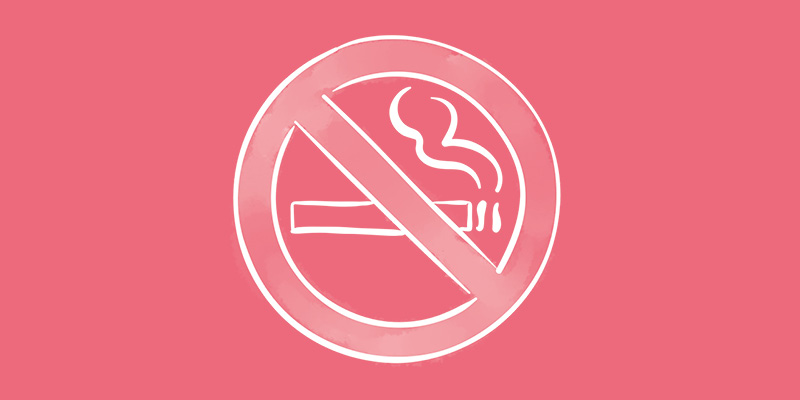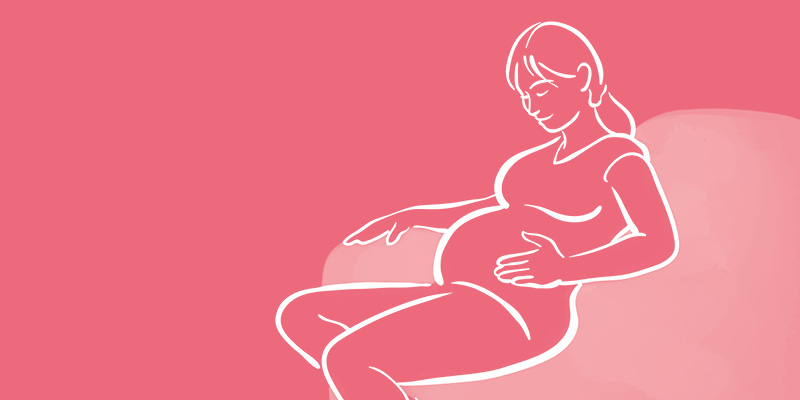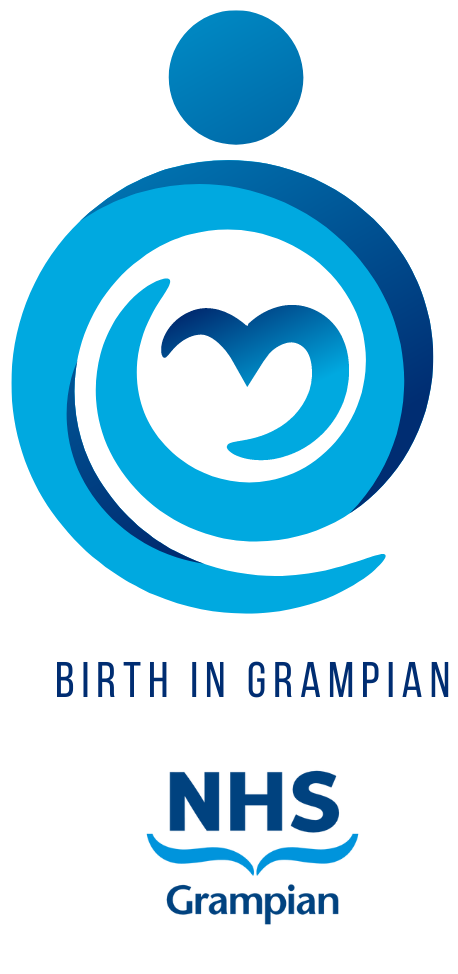Contents
What is stillbirth?
When a baby dies after 24 weeks of pregnancy, before or during birth, it is known as a stillbirth. 4 babies a week are stillborn in Scotland and it’s a devastating experience for any family to go through. Although the rate of stillbirth in Scotland has reduced significantly in recent years, this has not always been consistent year on year and there is still more that we can do. Sometimes we don’t know the cause of stillbirth, but we do know that there are ways for pregnant women to reduce their risk.
How can you reduce your risk?
The latest research strongly advises you to:
- Go to sleep on your side
- Not smoke
- Monitor your baby’s movements and get in touch with your midwife or maternity unit straight away using the emergency contact information given to you if they slow down or stop.
These ways to reduce your risk of stillbirth are applicable whether you are having a single or multiple birth.

Going to sleep on your side
From 24 weeks of pregnancy, it’s safer to go to sleep on your side because when you sleep on your back, the combined weight of your baby and womb puts pressure on other organs in your body. This pressure can affect the blood flow to your placenta which affects the flow of oxygen to the baby. However don’t worry if you wake up on your back, just go back to sleep lying on your side.

Not Smoking
Smoking while pregnant reduces the flow of oxygen to your baby, which increases the risk of stillbirth. By not smoking, you’re giving you and your baby the best start. It can be tough to stop but we can help you find the right support to quit. Speak to your midwife if you have any questions or would like advice and support on how to stop smoking.

Monitoring your baby’s movements
If your baby’s movement change, it could be their way of telling you that something is wrong. You should always follow your instincts and not wait to tell someone. You’ll not be wasting anyone’s time. If your baby’s movements slow down or stop, please contact your midwife or maternity unit straight away using the emergency contact information given to you.
Please see click here for more information on baby’s movements
The above information has been taken and adapted from the Parent Club Website. Please click here for further information.
